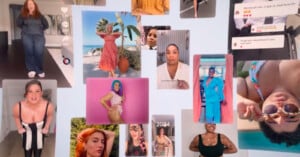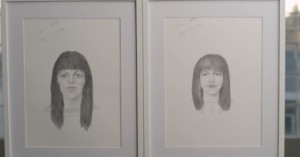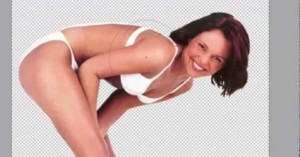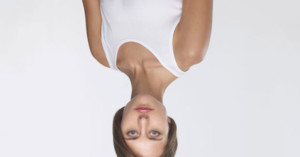
Dove Says It’ll Never Use AI on Women in Its Advertisements
Dove announced this week a commitment never to use artificial intelligence (AI) in its ads, becoming the first beauty brand to do so.

Dove announced this week a commitment never to use artificial intelligence (AI) in its ads, becoming the first beauty brand to do so.

Remember the “Dove Real Beauty Sketches” advertisement? It was the ad that brought in various women, and then had those women and a stranger they had just met describe them to a forensic artists. This, in the end, showed the original participants that they were far more beautiful than they saw themselves.
It was an admirable advertisement that went viral, but according to a series of studies performed last year by psychological researchers Nicholas Epley of the University of Chicago and Erin Whitchurch of the University of Virginia, the Dove campaign might just have it backwards. In other words: they found that we actually think we're MORE attractive than we really are.

If your advertising campaign's goal is to redefine beauty and help High School girls accept and even embrace the flaws so studiously eliminated on magazine covers, you've got an uphill battle ahead of you. But Dove is fighting (and maybe even winning) that battle, and one of the ways they're doing it is by putting the selfie to more empowering use.

Skin care company Dove is speaking out on the issue of "fake beauty" being promoted in photographs through Photoshopping. Rather than address the issue directly at first, the company decided to speak out directly to those responsible for "fake" images by doing some clever guerrilla marketing. It essentially pranked retouchers through the Web by releasing a fake Photoshop beauty Action that undoes manipulation rather than creates it.

Dutch photographers Anuschka Blommers and Niels Schumm shot a series of photographs for a Dove ad campaign that uses the Thatcher effect for some stealthy creepiness. The effect is created by flipping a portrait upside down while keeping the eyes and/or mouth right side up. The human brain has a difficult time detecting these subtle "local" changes, and the portraits may look normal until you see them flipped. Try turning your monitor or head to look at these images upside down.